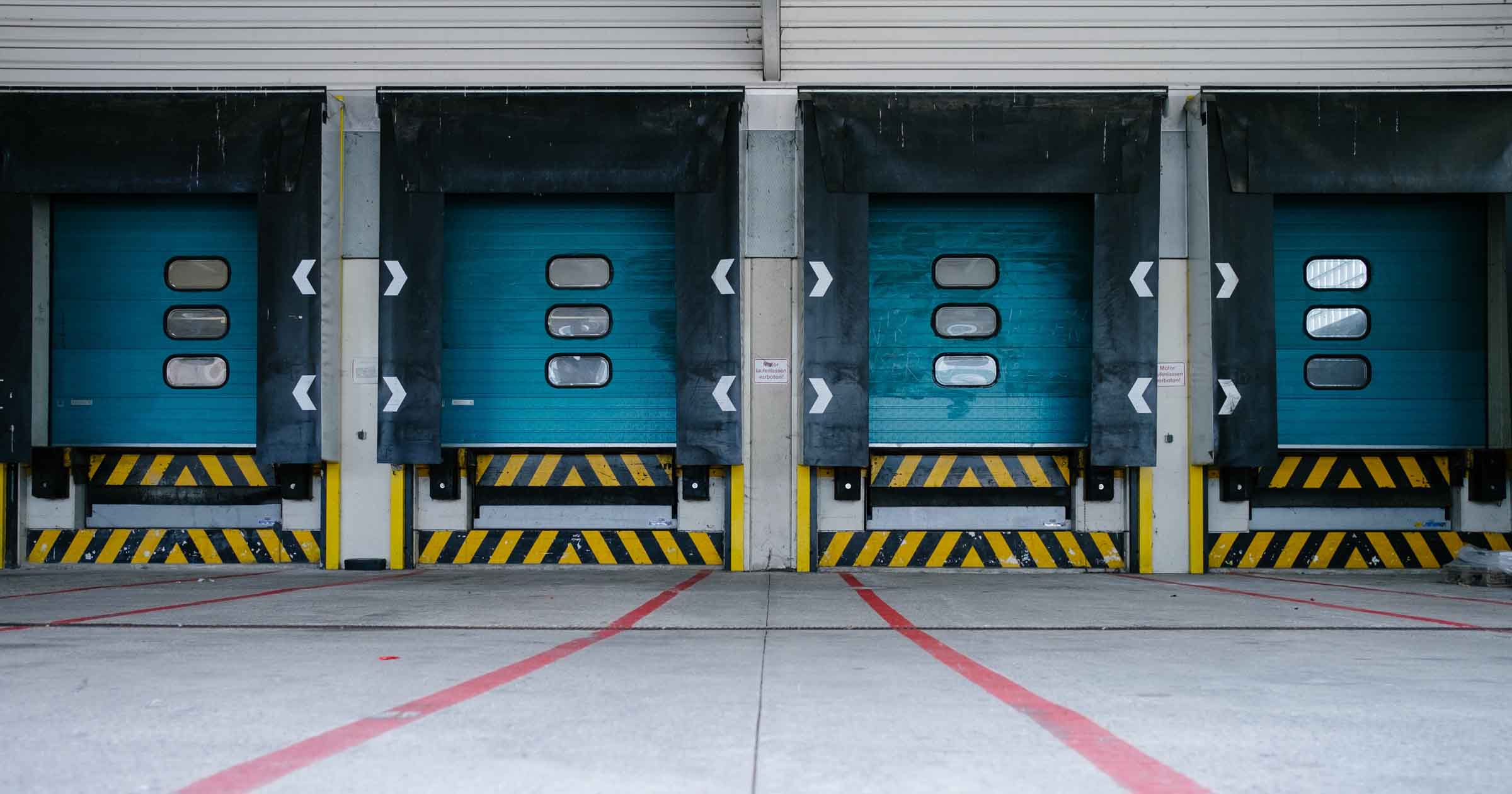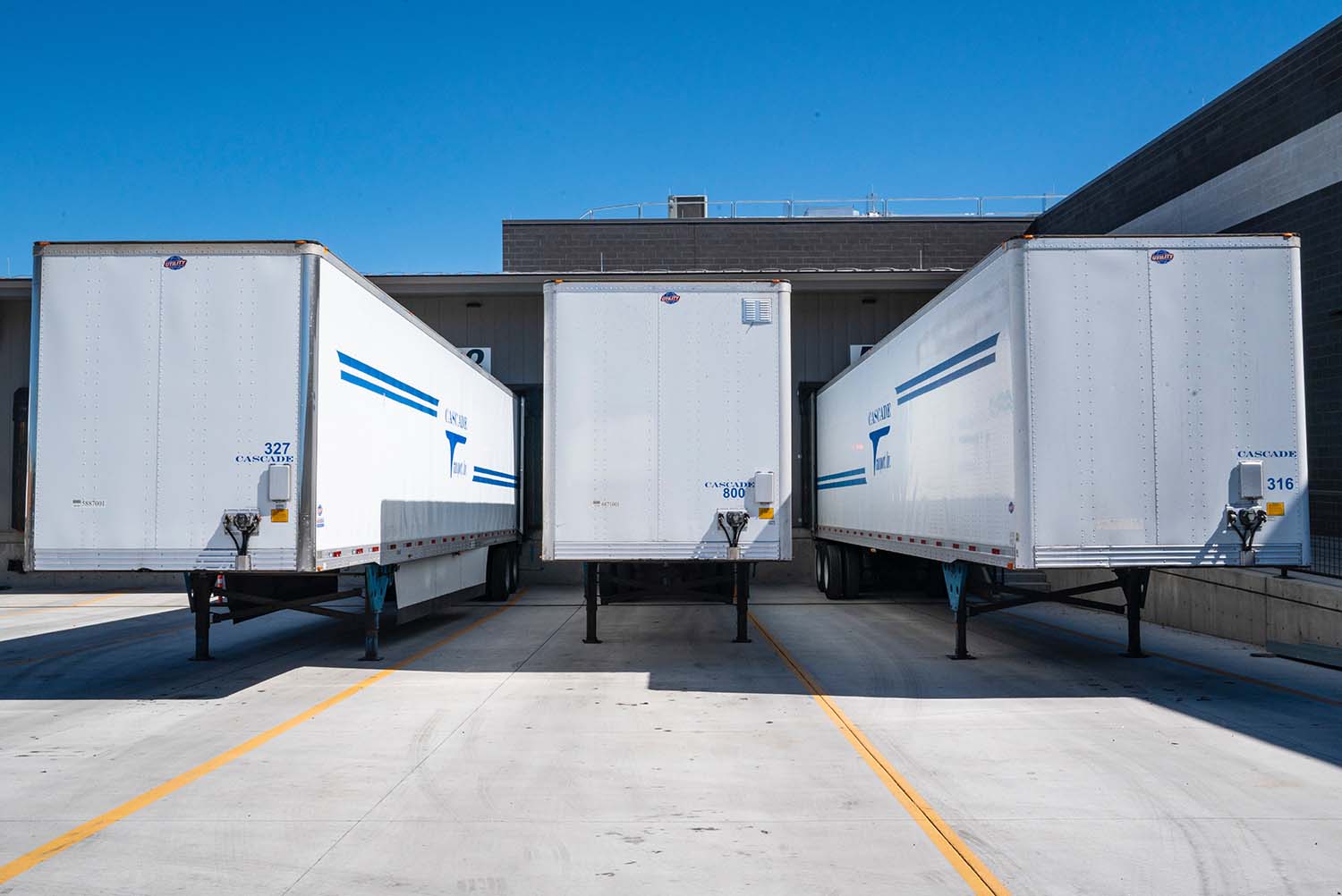How to Conquer Omnichannel Logistics
7 min read

Omnichannel logistics is like a house of cards—take away one piece and the whole thing collapses. It’s a complex web of interconnected services and systems that work together to deliver packages to customers and clients, from the warehouse to the all-important last-mile delivery.
Omnichannel logistics is all about leveraging the best strategy for each individual situation. If you have a customer who wants to purchase an item in-store that’s out of stock, the right thing to do is mail the item to their house, so they don’t have to come back to the store. It might be easier to use in-house delivery for local customers but to use third-party shippers for customers in other states or countries. In this article, we’ll highlight the benefits of omnichannel logistics, cover the major challenges, and give you tips for success.
Jump to the part that interests you most:
- What Is Omnichannel Logistics?
- 5 Components of Omnichannel Logistics
- 5 Common Challenges of Omnichannel Logistics
- Streamline Last-Mile Delivery With OptimoRoute
What Is Omnichannel Logistics?

Omnichannel logistics is a retail distribution strategy that synchronizes all aspects of the supply/delivery chain into one unit of understanding: retailer, manufacturer, distributor, and wholesaler—all working together to deliver purchased goods to consumers in a timely fashion.
Omnichannel logistics is great for omnichannel retail providers. Think about it like this: a customer sees an ad for your product on Google. They search for your website and see you have a product that interests them. With omnichannel logistics, your warehouse and inventory channels provide up-to-date inventory levels for the customer to peruse. They make a purchase, which reduces the inventory on your end. The warehouse restocks your inventory and sends the customer’s purchase to a retail distribution hub, providing order tracking and transparency to the customer. The hub then handles the all-important last-mile delivery, which gets the product to the consumer as quickly and as cheaply as possible.
Omnichannel logistics, in conjunction with route optimization techniques, can increase small business sales, improve the customer experience, and help bolster online sales, a crucial channel in the small business retail space.
5 Components of Omnichannel Logistics
The five components of omnichannel logistics are supply chain, warehousing, order and inventory management, distribution and fulfillment, and last-mile delivery. Last-mile delivery acts as a key component in the supply and delivery chain because it directly impacts how much shipping will cost and how quickly the customer can get the package.
Without these components, you can’t have omnichannel logistics—which means you make less money in the long run. Customers deal with longer shipping and delivery times, and you see less order volume. No synergy between your warehouse, supply chain, inventory, distribution, and last-mile fulfillment teams means lots of chances for mistakes, poor communication, mismatched orders, and lengthy, if not impossible, item return cycles.
1. Supply chain
The supply chain is a multi-faceted network connecting suppliers with companies in order to produce a product. It starts with the various parts needed to assemble the product and continues right until the product is in the hands of the final buyer: the customer. The supply chain is an important part of any business—it’s essential for getting purchases to customers and keeping your inventory stocked—and is especially important if you’re in the ecommerce space.
The supply chain brings in new parts for products and ships finished products to stores to be sold. Without a proper supply chain, you won’t have the parts needed to make new products, and finished products will be sitting in your warehouse instead of on shelves, leading to inventory issues and a loss of sales.
2. Warehousing
Warehousing is the act of storing your products in a secure location for transit; it’s where you receive your freight and store the majority of your for-sale goods. Just like any part in the omnichannel logistics chain, warehousing is crucial in getting items to customers—missing steps or a lack of warehouse management tools could result in delayed shipping times for customers, directly impacting last-mile delivery.
3. Order and inventory management
Order and inventory management is the act of managing your inventory against incoming sales volumes and adjusting orders from your warehouse accordingly to scale with demand. Businesses lose, on average, $1.75 trillion annually in costs associated with poor inventory management and inventory visibility, making this step important in curbing internal costs for ecommerce companies.
Order management also performs an important function in meeting customer demands—providing up-to-date shipping times and delivery calculations for customers. This sates rising customer demands for faster, more transparent shipping. It’s crucial in preventing backorders and incorrect orders, keeping products in stock, and managing your inventory in a multichannel environment. All of these translate to more sales and happier customers.
4. Distribution and fulfillment
Distribution and fulfillment is the process of getting customers their orders. They involve sending packages to carriers and organizing last-mile delivery for your products in order to get them into your customers’ hands. There are four different order fulfillment models—third party, partial third party, self-fulfillment, and dropshipping—each one relying on strong and efficient access to a distribution center.
Distribution and fulfillment are important aspects of omnichannel logistics—they provide the customer with accurate shipping, delivery windows, and inventory visibility. Forty-four percent of consumers say they canceled a purchase because their product wouldn’t arrive in time, highlighting the importance of good distribution and fulfillment networks in your omnichannel logistics chains. Some customers are looking toward Amazon, which can provide next-day shipping, as an example of a good omnichannel supply chain. Good distribution and fulfillment can alleviate congestion between your warehouse and the distribution centers, as well as expedite the shipping process for customers.
5. Last-mile delivery
Last-mile delivery is the act of transporting goods from a distribution hub to the intended customer. The goal is to deliver things as quickly and as cheaply as possible to the customer in order to meet customer expectations for fast shipping and low shipping prices. Last-mile delivery accounts for 53% of total shipping costs, meaning any efficiencies and savings here can go directly back into your pocket as opposed to going to logistics providers. You can invest in more inventory, better marketing, or even lower the prices of your goods or shipping costs for a higher volume of sales across your sales channels.
5 Common Challenges of Omnichannel Logistics
Omnichannel logistics is the interweaving of multiple, complex systems, meaning there’s lots of room for error. Maintaining inventory across all channels, being unable to keep up with demand, poor customer-order visibility (think tracking), reverse logistics, and scheduling last-mile delivery all present challenges.
Maintaining inventory across all channels
Sometimes known as multi-source inventory, this is the process of managing your available product inventory across all five components of omnichannel logistics. When you don’t maintain inventory, there’s a cascading effect:
- Operations managers miss their KPIs, which in turn prevents them from making changes to optimize business processes.
- Purchasing managers don’t know how much product to order.
- Sales channels suffer because they can’t provide products to customers.
- Warehouse managers don’t know how to assign tasks based on inventory and product volume.
- Retail employees don’t have products to sell.
- Finance teams can’t forecast revenue or make adjustments to processes.
- The company’s bottom line suffers.
Using multichannel inventory management software and placing an emphasis on curbing costs during last-mile delivery creates a more efficient supply chain.
Inefficient order fulfillment
This is the inability to meet customer demand or send correct products in a timely matter. It represents flaws in your omnichannel logistics and omnichannel supply chain.
Fulfilling orders efficiently and correctly is important because it means cheaper last-mile delivery. This keeps customers happy and costs down for you and the customer. Keeping orders moving and fulfilling obligations to customers involves streamlining your order fulfillment processes. Route planning tools can help you optimize delivery routes for drivers and divide truckloads fairly among drivers.
Inability to track packages in transit
Tracking in-transit orders is a challenge many businesses face and is a feature that is becoming increasingly important to consumers. Omnichannel strategies should emphasize order transparency.
More than 55% of consumers expect order status updates on their packages to be current. A package tracking application—regardless of what you’re delivering—allows you to track orders in real time, increasing customer loyalty and customer satisfaction. OptimoRoute offers a number of ways to track packages across a number of carriers.
Reverse logistics
Reverse logistics is when an item is returned to its point of origin. It relies on a strong, interconnected omnichannel delivery system. You need to have strong warehousing and logistic chains in place to ingest returned packages back into your warehouse for reselling or refurbishing. A good customer experience hinges upon the customer’s ability to feel like they’re able to return their products, as it encourages them to buy from you and helps build customer loyalty. Improving your supply chain management, optimizing cargo space, and expanding remanufacturing and refurbishing services are ways you can improve your reverse logistics supply chain.
On-time last-mile delivery
Last-mile delivery is about ensuring your deliveries are on time based on the shipping data you’ve given to the customer. So if you send your customer a tracking code that says their delivery will arrive on a certain date, on-time last-mile delivery is about making sure that delivery happens on the specified date. All this, of course, builds goodwill toward your business and is becoming an expected part of running an ecommerce business.
With any delivery system, there certainly are challenges—traffic delays, workers calling out, inefficient route planning, and poor truck optimization. OptimoRoute’s software can optimize delivery times and delivery routes for last-mile delivery, ensuring your omnichannel logistics chain is unbroken.
Streamline Last-Mile Delivery With OptimoRoute
One of the most important parts of omnichannel logistics is last-mile delivery—it’s expensive, time-consuming, and has a massive impact on your delivery schedule, from warehouse to doorstep. OptimoRoute provides route optimization tools to help you optimize delivery routes and manage truckloads. It can also provide live tracking features, estimated time of arrival notifications, and even do proof of delivery for drivers and customers.
Try OptimoRoute™ for Free
No installation or credit card required


